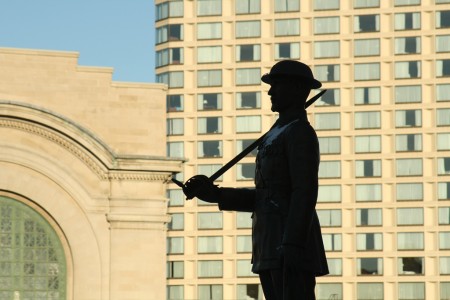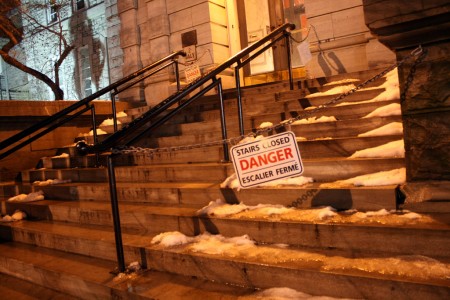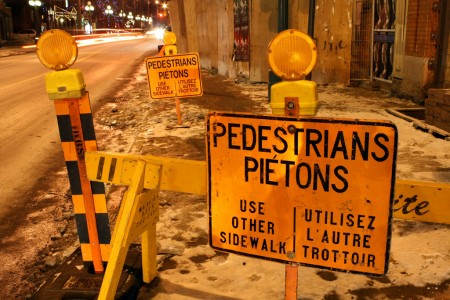
Historically, there seem to be a fair number of areas of overlap between various aspects of the environmental movement and various aspects of the ‘anti-war’ movement. It seems important, from the outset, to stress that neither is really a unified force. There are a few people who still aspire to the complete abolition of war, while most others have the ambition of either stopping specific wars or curtailing some of the worst aspects of war in general (war crimes, nuclear weapons, etc). On the environmental side, there is arguably even more diversity. People differ on areas of concern (does animal welfare matter?), on the scale of action (local? national? global?), and on appropriate solutions. Overlapping with both camps are some groups (such as Marxists) who feel that changing some underlying aspect of society will address most or all of the problems of war and environmental destruction more or less automatically.
There are a few reasons for which the anti-war movement is a natural fit for the environmental movement. For one thing, they tend to galvanize the same type of people: predominantly students and older people of an anti-establishment bent. More concretely, there is also strong evidence that war causes environmental destruction and that some types of environmental degradation can encourage wars.
That being said, there are also reasons for which the environmental movement might be wise to distance itself from anti-war campaigners. For one thing, there is the danger of getting drawn into debates that are largely irrelevant from an environmental perspective: dealing with climate change is hard enough without needing to factor in the rights and wrongs of the Gaza Strip or Kashmir. For another, a lot of the anti-war movement functions in an extremely confrontational way. Of course, the same is legitimately said about elements of the environmental movement. While such agitation might be necessary to get things started and keep people honest, it tends to become counterproductive once you reach the point of implementing any specific policy.
Finally, there is a bit of a dated quality to the anti-war movement. It feels bound up with Woodrow Wilson, on one side, and the LSD of the 1960s on the other. Certainly, the idea that war can be eliminated as a phenomenon (or even as a tool of policy for rich democratic states) is no longer considered plausible by many people. Similarly, the idea that all wars are fundamentally unjust is hard to maintain given evidence of recent occurrences that (a) could have been stopped through the just application of force and (b) were themselves significantly worse than an armed confrontation would have been. What seems sensible in a post-Holocaust, post-Rwandan genocide world is the advancement of a ‘just war’ agenda, focused on using law and evolving norms of behaviour to avoid unjust wars as well as unjust behaviour in a wartime environment. In practical terms, this involves mechanisms like the arrest and trial of war criminals, interventions to stop genocide, and agreements to eliminate certain weapons and tactics.
A ‘just war’ movement would certainly find areas for profitable collaboration with environmental groups. Many kinds of weapons are of both ecological and humanitarian concern, for instance. What is necessary is a higher degree of nuance and consideration than exist on the activist side of both movements. Hopefully, more mature and sophisticated arguments and tactics will be able to generate progress in reducing the harm from both armed conflict and environmental degradation.








